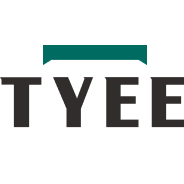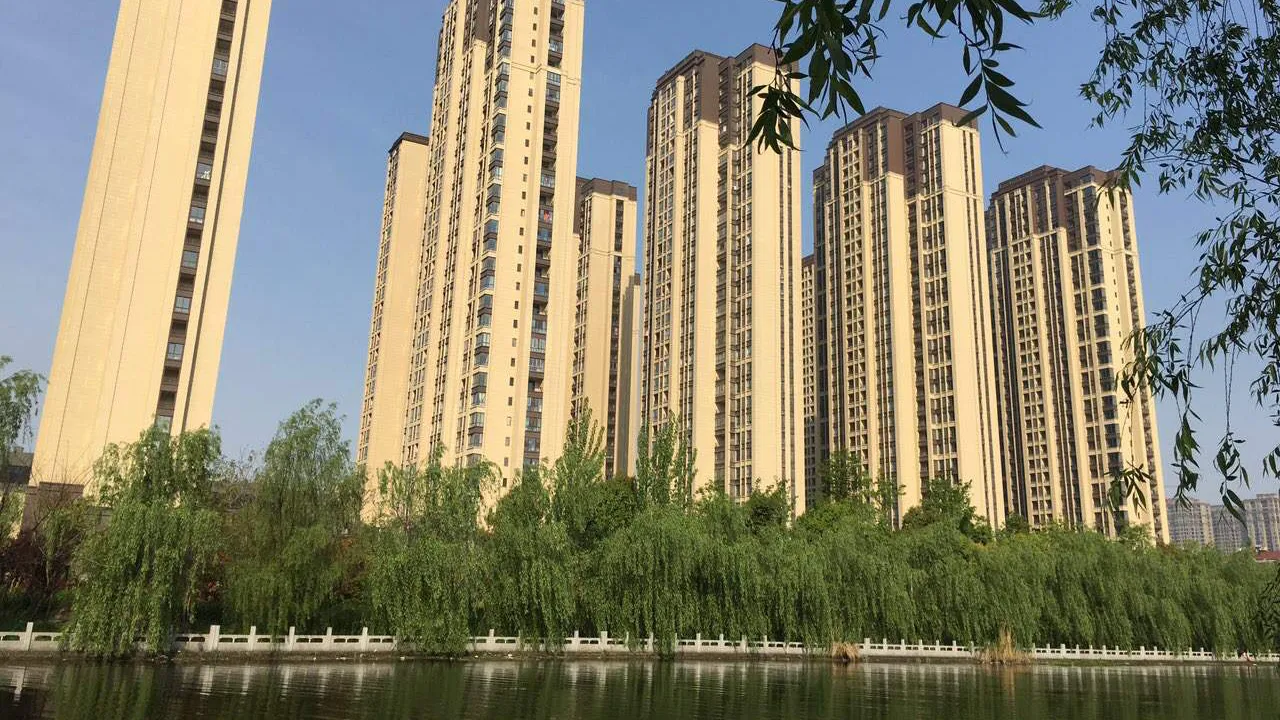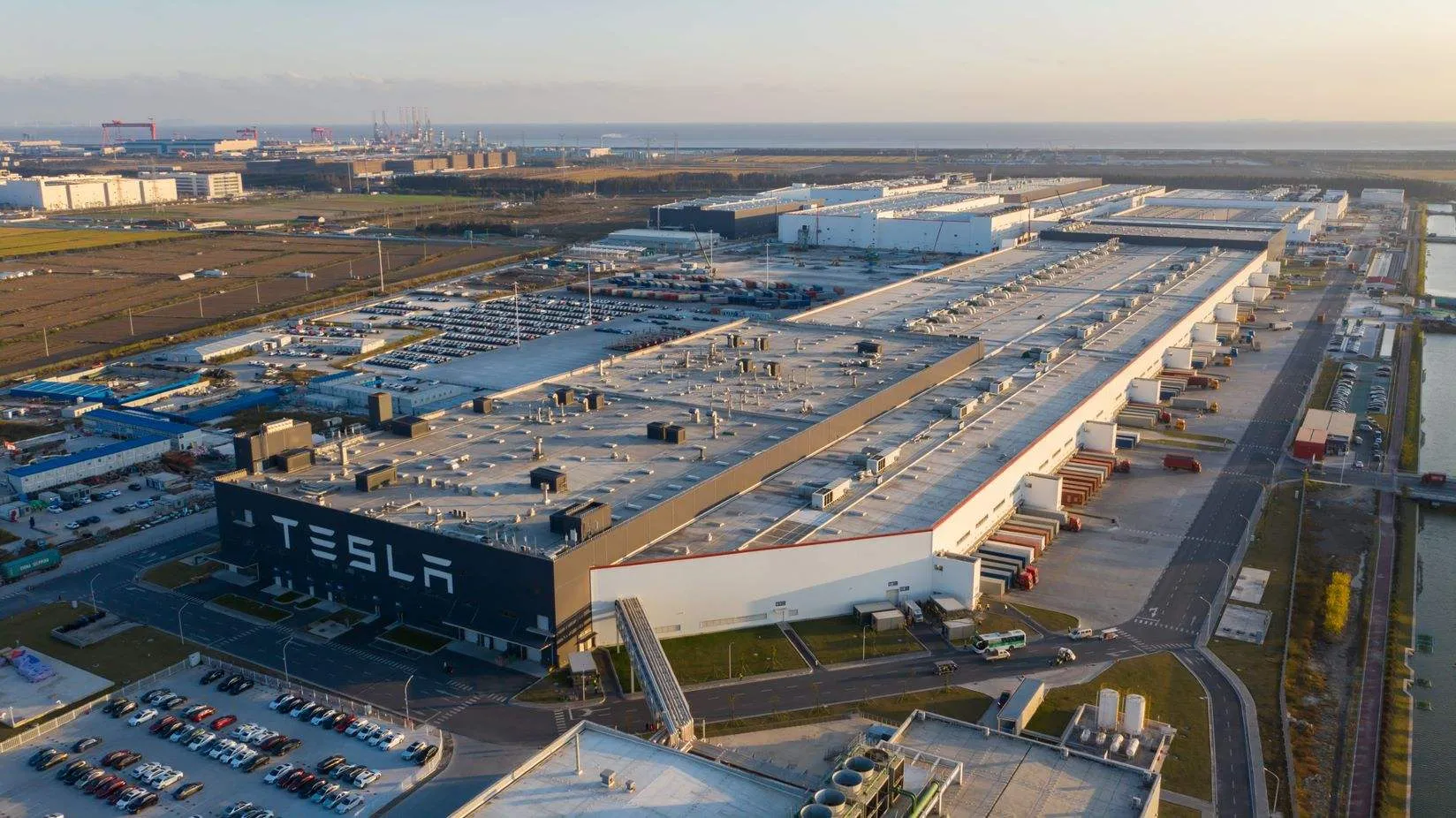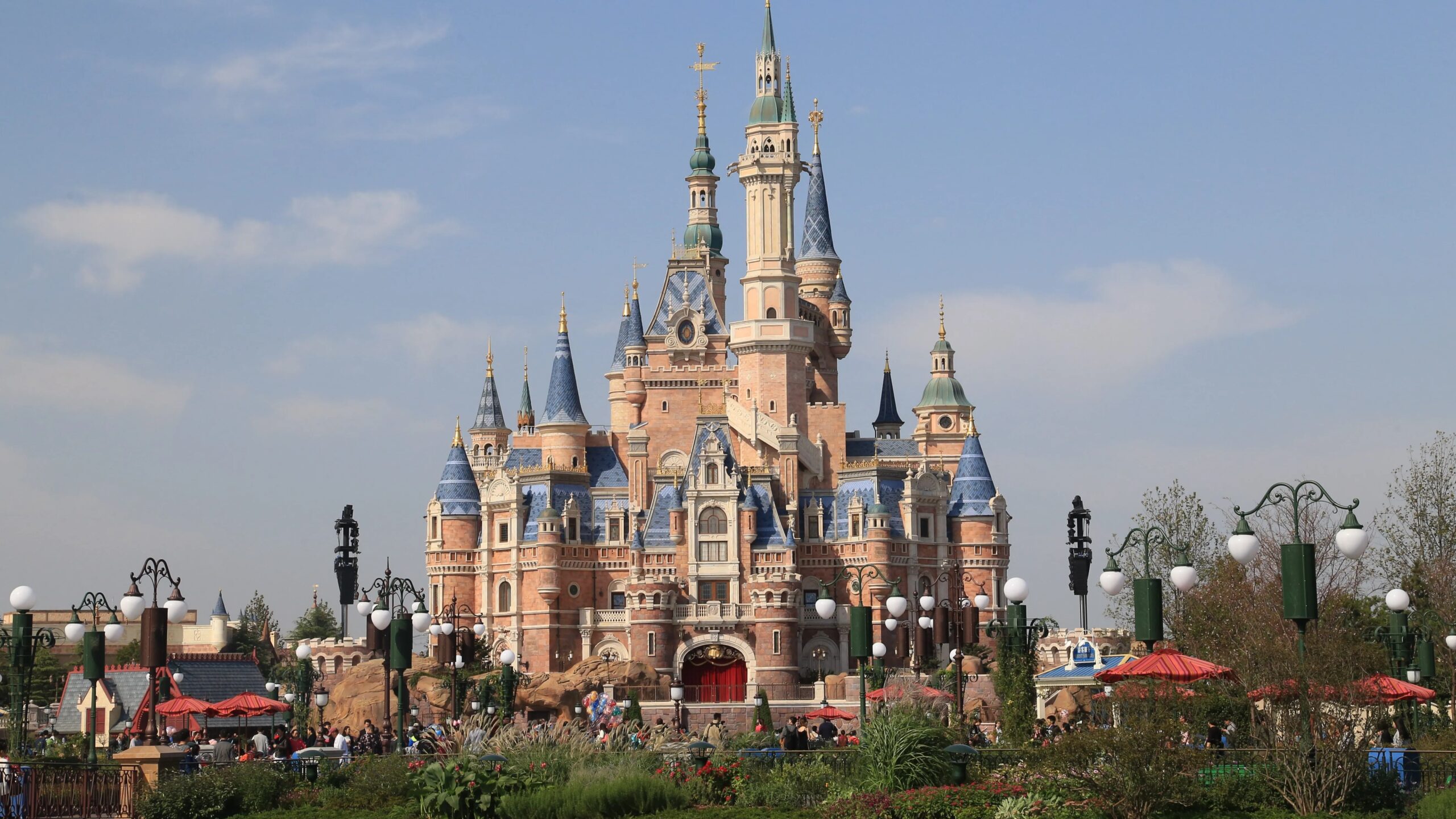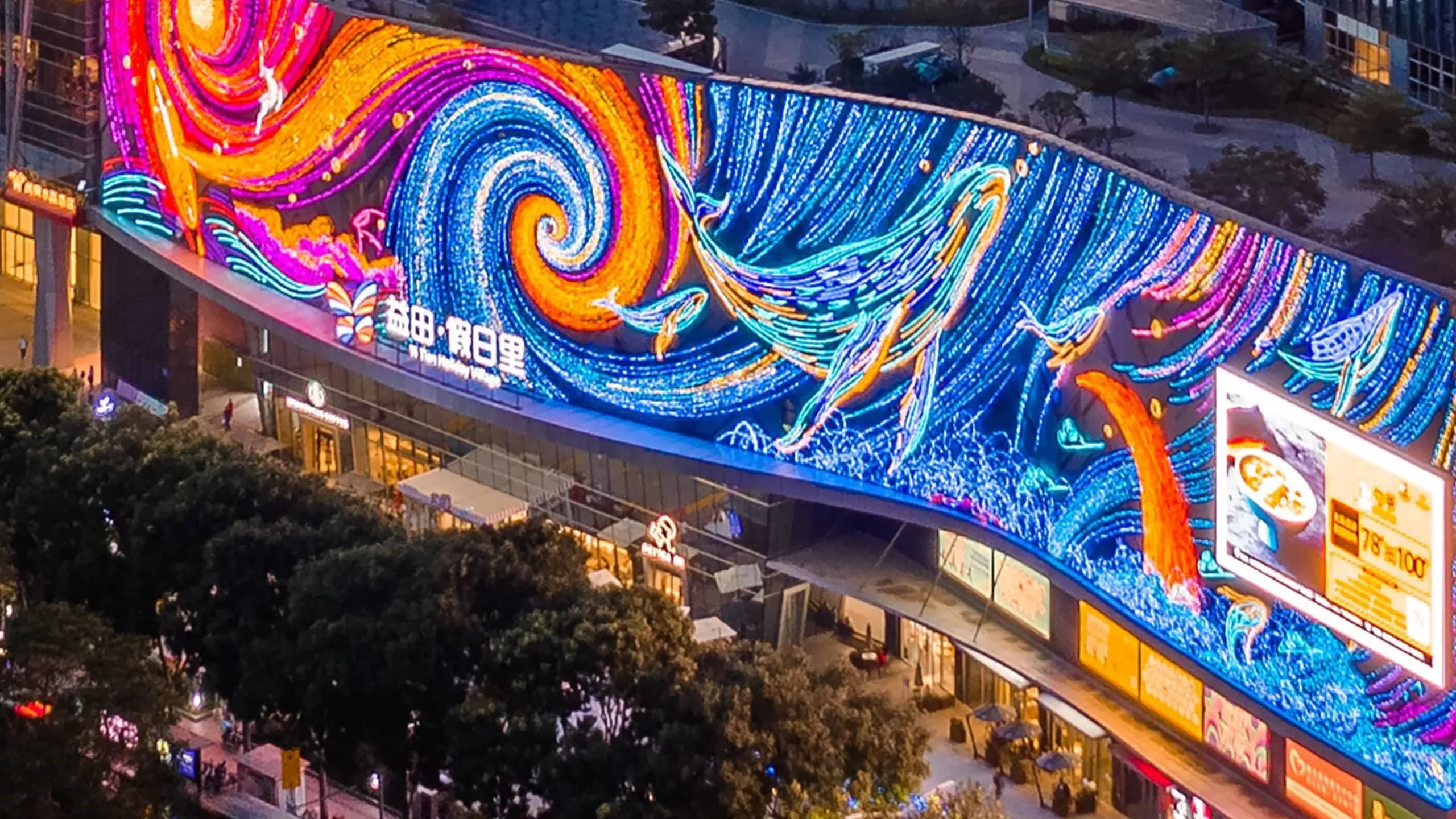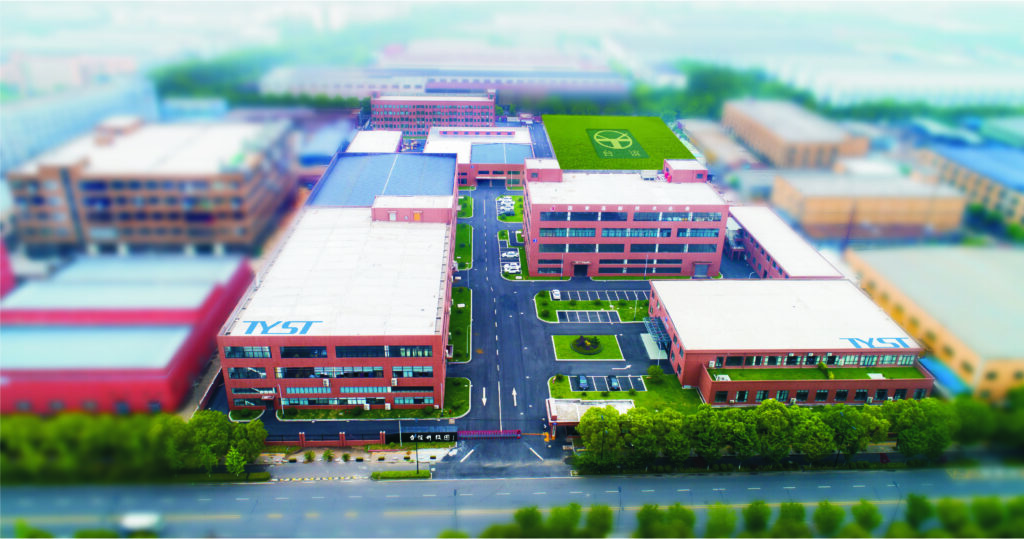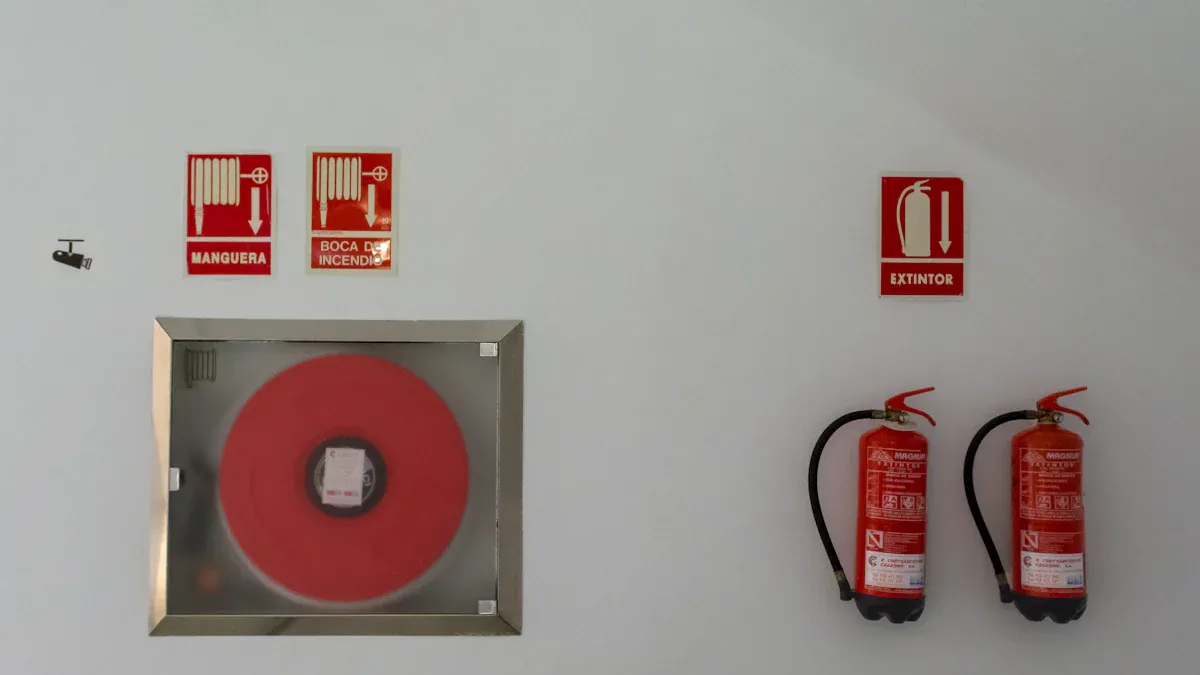
In multi-functional buildings, you face a significant challenge. You must balance maintaining business operations with various risks. These risks include high tenant traffic and multiple functions, complicating fire safety planning. Traditional fire safety solutions often struggle in these environments. For instance, they have difficulty connecting devices from different tenants and managing numerous signals while ensuring that emergency voice systems communicate effectively. Additionally, these systems must be scalable to accommodate future tenant changes and comply with essential regulations.
To achieve true security, you need a partner who understands your operations. Integrated smart fire solutions can provide you with the comprehensive safety you require.
Key Takeaways
Integrated smart fire solutions make buildings safer. They connect different fire safety systems for real-time monitoring.
Custom fire detection systems are important. They help deal with the unique risks from different tenants and their work.
Good evacuation plans must think about many people moving around. They also need to meet the specific needs of each tenant to keep everyone safe during emergencies.
Regular maintenance and updates of fire safety systems are very important. They help with compliance and keep operations strong, which saves money in the long run.
Picking a smart fire safety partner can greatly boost your building’s safety and how well it runs.
The Complexity of Multi-functional Buildings
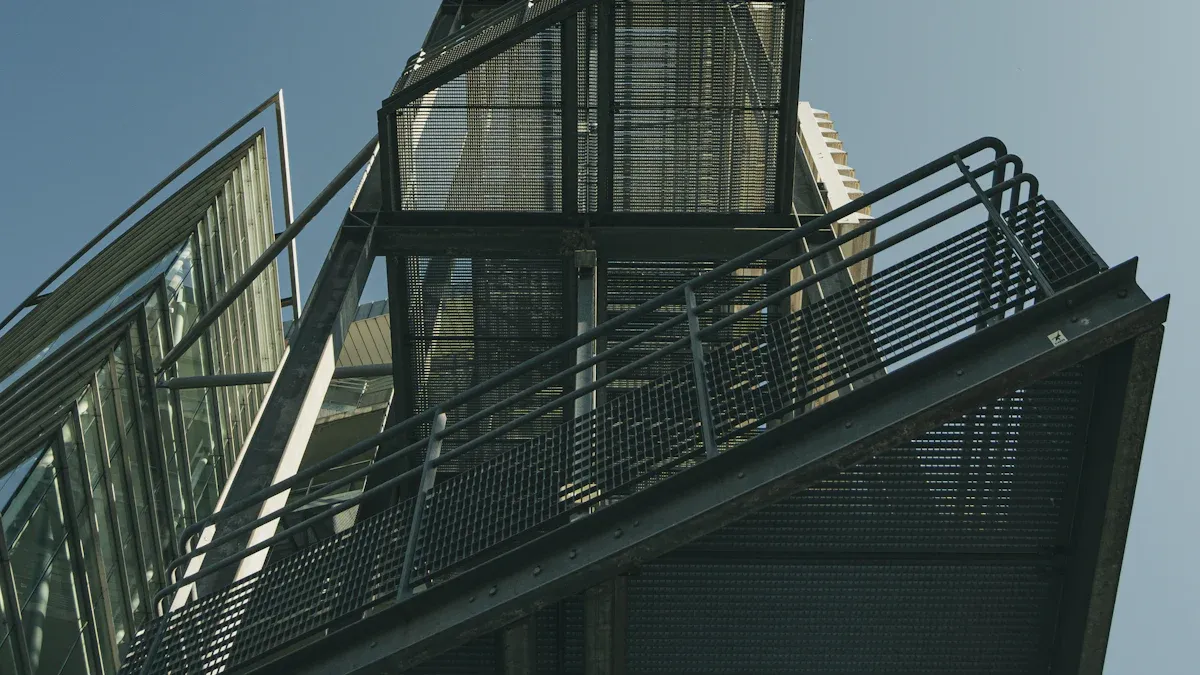
Diverse Tenants and Fire Risks
In multi-functional buildings, you meet many different tenants. Each tenant has their own fire risks. Many types of businesses share one building, like offices and stores. Each tenant uses different materials and equipment. This can raise fire hazards. For example, a restaurant has cooking tools that can be riskier than an office.
To manage these risks well, you need smart fire detection systems. These systems should fit the needs of each tenant. They must work well with what is already there. This way, all fire protection systems can work together. This helps with real-time monitoring and alerts. These are very important for keeping safety in all tenant spaces.
High Personnel Flow and Evacuation Pressure
High personnel flow in multi-functional buildings makes evacuations hard during emergencies. When a fire happens, people must leave quickly and safely. But many buildings make this harder.
Fire safety systems help control fires. This reduces the need for everyone to leave at once.
People should go down to a lower floor and wait for instructions from safety officials.
Good evacuation plans must think about the different needs of people on each floor.
Going down stairs is tough because of height and few escape routes.
Planning for how many people can use the stairs and elevators during emergencies is very important.
Being careless during evacuations can slow things down a lot. This is especially true in fields like Oil, Gas, and Construction. So, putting fire protection in commercial buildings needs to focus on both preventing fires and having good evacuation plans.
Operational Continuity and Asset Protection
Keeping operations running is very important for businesses in multi-functional buildings. A fire can stop operations, causing money loss and hurting reputation.
Fire protection systems are key for protecting expensive machines and valuable stock in factories.
Using fire alarms and suppression systems can lessen the effects of fire incidents on operations.
Custom fire safety solutions improve protection by dealing with specific risks for each place.
Integrated systems help with fast detection and quick action, which are vital for reducing asset loss.
Regularly adding fire safety solutions into daily work helps keep businesses running smoothly.
Modern fire systems allow for faster responses. They can find fires early to stop disasters. Better safety results from accurate information and quicker detection can save lives and prevent damage to property.
Smart Integration: Guarantee of Operational Resilience
In today’s busy commercial spaces, using smart fire detection systems is very important. This helps keep operations running smoothly. You can change how you handle fire safety by fixing problems and using good solutions.
From Pain Points to Solutions
You might face many problems when managing fire safety in multi-functional buildings. These problems can be old systems, no real-time monitoring, and slow emergency responses. To fix these issues, think about these steps for better integration:
Choose Compatible Systems: Make sure fire alarms and sprinkler systems work with current technology.
Incorporate Centralized Monitoring: Use one interface to watch fire safety and security threats.
Automate Emergency Responses: Set up automatic actions for quick responses during a fire.
Regular Maintenance and Testing: Plan regular checks to keep everything working well.
By doing these steps, you can build a strong fire safety plan that improves your building’s overall safety.
Zoned Management and Smart Linkage
Zoned management helps you adjust fire safety plans for different areas in your building. This way, each zone gets the right attention based on its risks. Smart linkage between fire detection, suppression, and evacuation systems makes this management better.
The following technologies help with this smart linkage:
Technology Type | Description |
|---|---|
Systems that use artificial intelligence to guess fire risks and send alerts. | |
IoT-based Sensors | Sensors that connect to the Internet of Things for real-time fire condition monitoring. |
Integrated Fire Management Platforms | Platforms that combine monitoring, dispatch, command, analysis, and decision-making abilities. |
Clean Agent Fire Suppression | Eco-friendly systems that put out fires without leaving residue. |
These technologies work together to give a complete fire safety solution. They allow for real-time monitoring and quick responses, which are very important for reducing risks in multi-functional buildings.
Long-Term Support and Continuous Optimization
To keep a good fire safety system, you need long-term support and ongoing improvements. This helps your systems stay compliant and work well over time. Here are some long-term benefits of continuous optimization:
Smart fire alarm systems give useful insights that improve safety and system upkeep.
Predictive maintenance uses system performance data to help schedule maintenance based on real needs. This prevents problems and cuts long-term costs.
Keeping detailed records of system performance helps meet safety standards, ensuring compliance during checks and audits.
Also, you can expect a good return on investment (ROI) in 3-5 years, lower insurance costs, reduced maintenance expenses, and less liability risk.
Leading fire safety providers, like Tyee, offer ongoing support and system upgrades for commercial clients through various services.
Service Type | Description |
|---|---|
Fire Alarm Systems | Complete monitoring and detection solutions made for business needs. |
Commercial Fire Alarm Inspection | Regular checks to ensure compliance and proper function. |
Commercial Fire Alarm Maintenance & Repair | Ongoing maintenance services to keep systems running. |
Commercial Fire Alarm Installation | Professional setup of fire alarm systems. |
Central Station Monitoring | Constant monitoring of fire alarm systems for quick responses. |
Communication Systems & Services | Solutions for good communication during emergencies. |
Mass Notification Systems | Systems to warn people in case of emergencies. |
Proactive Maintenance | Regular maintenance, checks, and upgrades to keep systems effective and compliant. |
By working with a trusted provider like Tyee, you can make sure your fire safety systems stay up-to-date with technology and regulations.
Implementation in Multi-Functional Spaces
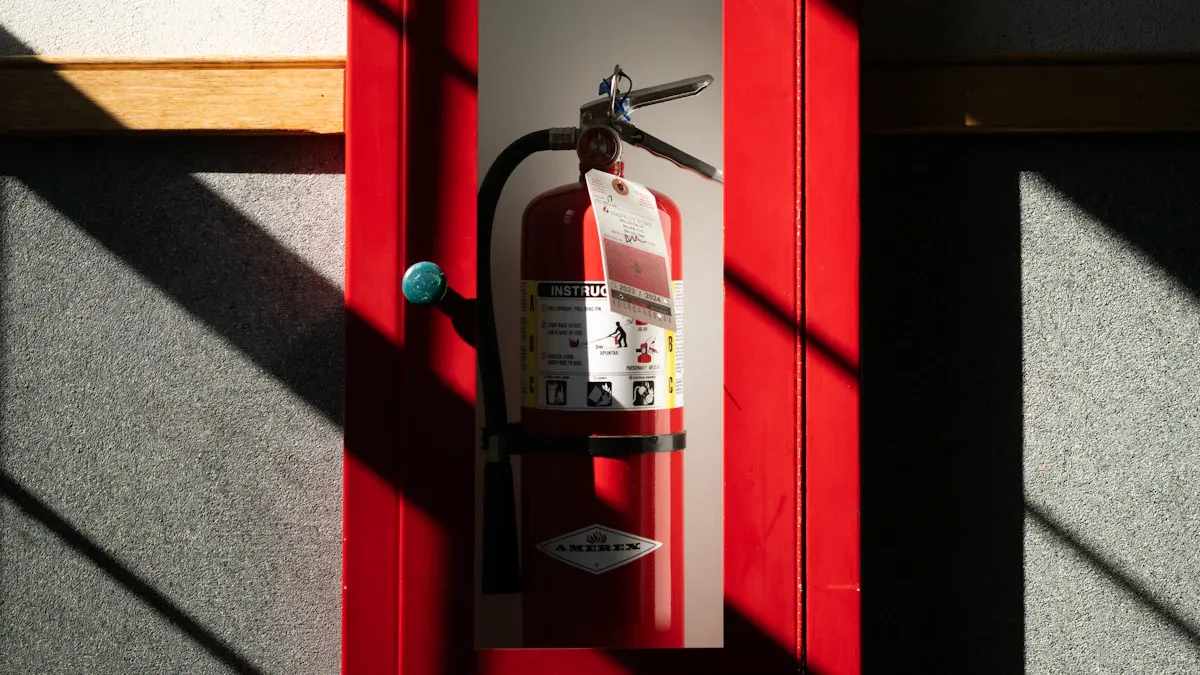
Core Office & Data Center Protection
In office spaces and data centers, fire protection is very important. You must follow rules like NFPA 75 and NFPA 76 to keep everyone safe. Here are some special needs for these areas:
Requirement Type | Details |
|---|---|
Compliance with Standards | Follow NFPA 75 and NFPA 76 for fire safety in data centers. |
Advanced Smoke Detection | Use Very Early Smoke Detection Apparatus (VESDA) and thermal cameras to find smoke early. |
State-of-the-Art Suppression | Use clean agent systems and hybrid fire extinguishing systems to put out fires effectively. |
These systems help reduce damage to important IT equipment. They also have special fire sprinklers made to protect sensitive electronics. Pre-action and dry pipe sprinkler systems stop leaks, protecting electronics from water damage while quickly putting out fires.
Retail Podium & Public Areas
Retail podiums and public areas have their own fire safety problems. Things like customers smoking and kitchen fires can raise risks. The presence of flammable items in clothing stores and underground supermarkets also adds to the danger. Here are some main challenges:
Fire safety equipment works best when it is well placed and maintained.
NFPA 13R sprinkler systems might not protect all areas, especially hidden spots.
Height limits for these systems can make it hard to control fires that spread beyond safe areas.
Integrated fire solutions improve safety and how things run in busy areas. They make the fire management process better by dealing with different fire risks. This organized method makes sure safety measures work well and that operations run smoothly.
Vertical Safety and Egress Management
Managing safety and exits in tall commercial buildings is very important. You can make safety better by improving exit paths, keeping fire protection systems in good shape, and planning to meet codes. Here are some best practices:
Upgrade Egress Paths: Improve stairways and hallways to help people leave safely.
Maintain Fire Protection Systems: Regular checks of fire doors, alarms, and sprinklers are very important.
Plan for Code Compliance: Work with officials to make sure upgrades follow fire and building rules.
Smart fire systems help people evacuate safely and quickly in tall buildings. They use IoT sensors to give real-time information, improving communication during emergencies. Fire evacuation lifts can speed up evacuations, helping people get to safety faster.
Integrating these advanced, life-saving strategies—from real-time vertical monitoring to specialized evacuation lifts—is a complex challenge. It requires a dedicated commitment to ongoing support, not just initial installation. This complexity highlights a core truth: the future of building safety demands a strategic partnership that provides both cutting-edge technology and full lifecycle management.
True fire safety is a strategic investment in business continuity. It demands more than just buying products; it requires a partner who provides smart, integrated systems tailored to your unique challenges.
Tyee offers complete, end-to-end solutions, focusing on expert support and remote system monitoring to maximize your operational uptime and long-term cost efficiencies. By investing in these tailored solutions, you protect both lives and property.
Reach out to Tyee today for a confidential consultation.
FAQ
What are smart IoT-based fire detection systems?
Smart IoT-based fire detection systems use connected devices. They watch for fire risks in real-time. These systems improve how accurately fires are detected. They also send alerts quickly, which helps with fast responses to dangers.
How do fire suppression systems work?
Fire suppression systems put out fires automatically. They use different methods like water, foam, or gas. These systems turn on when sensors find heat or smoke. This helps reduce damage and keeps people safe.
Why is integration with building management systems important?
Integration with building management systems helps with monitoring and controlling fire alarms. This makes safety better and helps with quick emergency responses throughout the building.
What are advanced fire protection technologies?
Advanced fire protection technologies include smart sensors and automatic suppression systems. They also use predictive analytics. These new tools make fire detection more accurate and speed up responses, which improves safety in commercial spaces.
How can I ensure fire protection in industrial facilities?
To ensure fire protection in industrial facilities, set up complete fire detection and alarm systems. Regularly maintain fire suppression systems and train employees on emergency procedures.

